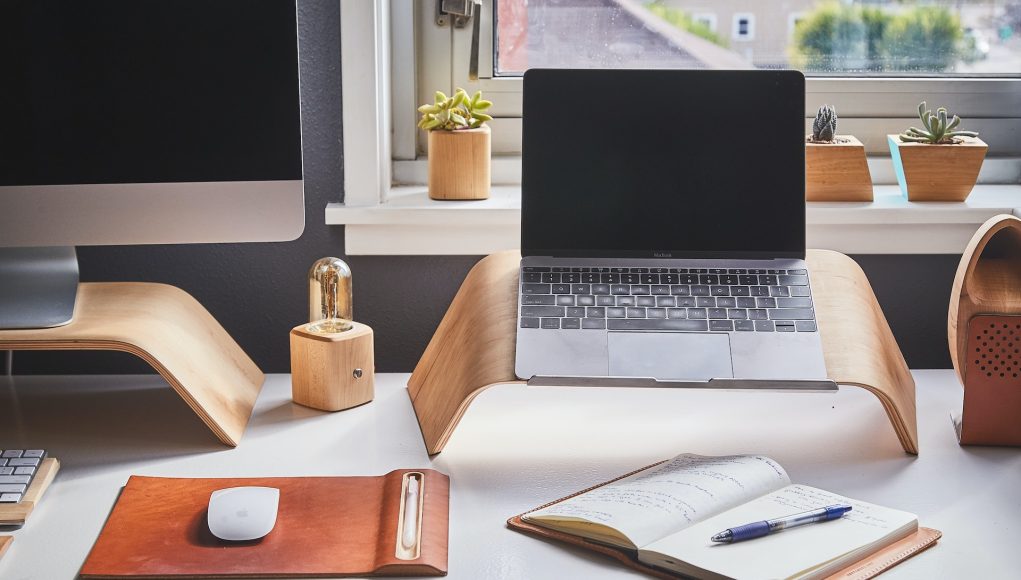With the increasing popularity of remote work and the desire for a dedicated workspace, building a home office has become a common project for many motivated home workers.
Designing and constructing your own home office allows you to customize the space to suit your specific needs and preferences, which can be extremely beneficial. So, if you’re considering building your own home office, here are some great tips to help you get started.
Choose the Right Location
Selecting the right location for your home office is crucial.
Consider a quiet area of your home that provides privacy and minimal distractions. Natural light can boost productivity and improve your mood, so try to position your office near a window if possible. Additionally, consider the proximity to amenities such as electrical outlets, internet access, and storage spaces to ensure a functional workspace. Finally, it is worth trying to find a space that is distant from the areas you spend time relaxing in so that you can create a more definitive divide between work and leisure in your home.
Assess Your Space Requirements
You can start this by evaluating your work requirements to determine the minimum size and layout of your home office. You need to keep the equipment you’ll need in mind as well, such as a desk, chair, computer, printer, and storage solutions.
Once you have this information in hand, you can measure the dimensions of the space to ensure your furniture and equipment will fit comfortably without overcrowding the room. Taking the time to plan the layout beforehand will help you make the most of the available space.
Create a Functional Design
The most important thing to keep in mind is that you design your home office to be functional and conducive to productivity. Fortunately, there is plenty that you can do to help make this space more well-suited for this purpose.
- Ensure your desk is at a comfortable height and provides enough surface area for your work.
- Invest in an ergonomic chair that supports good posture and provides comfort during long hours of sitting.
- Arrange your equipment and supplies in an organized manner to enhance efficiency.
- Incorporate adequate storage solutions to keep your workspace clutter-free.
Consider Lighting and Ambience
Proper lighting is essential for a productive and inviting home office. You can maximize natural light by positioning your desk near a window. But, if your natural light is limited, invest in task lighting, such as a desk lamp or overhead lights, to illuminate your work area effectively.
You’ll want to be sure that you choose lighting fixtures that provide ample brightness without causing glare or eye strain since you are going to need to use these lights for an extended timeframe.
Of course, if you are thinking about personally changing the lighting fixtures in your office space, then you’ll want to be sure that you know what you are doing and have access to the right materials. After all, if you want high-quality lighting, then you need to be sure that you buy from a quality supplier – such as powerpointelectrics.co.uk.
Ensure Adequate Connectivity
A reliable internet connection is a non-negotiable essential for any home office. As a result, you will have to ensure that your workspace has access to high-speed internet to support smooth communication, file sharing, and video conferences with your colleagues.
If your home’s Wi-Fi signal doesn’t reach your office, consider installing a Wi-Fi extender or using a wired Ethernet connection to make up for the difference. Additionally, you should invest in a surge protector to safeguard your equipment from power fluctuations and ensure uninterrupted productivity while you are working.
Acoustic Considerations
Soundproofing your home office can help minimize distractions and create a peaceful working environment and can also help to reduce the chance of sound from your work disrupting your neighbors.
If possible, choose a room with minimal noise from neighboring spaces or street traffic. Then, there are plenty of options for sound-absorbing materials like acoustic panels or carpets to reduce echo and outside noise.
Personalize Your Space
You should aim to make your home office a reflection of your personality and style. By taking time to personalize the space with artwork, photographs, or decorative items that inspire you, you can ensure that the room works for you.
What’s more, you can choose colors that promote focus and creativity, incorporate plants to add a touch of nature and improve air quality, and add sources of white noise like a water feature to make the space more relaxing.
Your home office should be a space where you feel motivated and comfortable, so don’t be afraid to infuse it with elements that reflect your individuality.
















